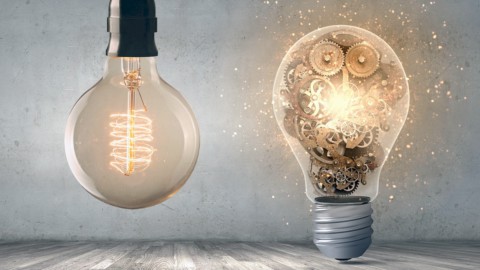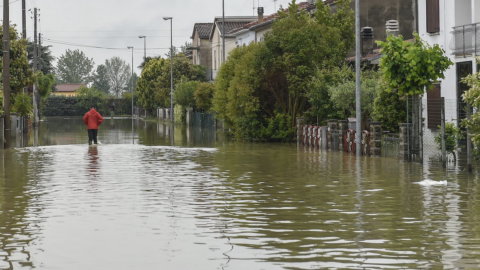The electricity consumption of Italians is growing and returns to pre-pandemic levels. A number above all: in the month of September, Italy consumed 27 billion kWh of electricity. To say it is Terna, the company that manages the national electricity grid. The value is up by 1,9% compared to the same month in 2020 and 2% higher than that of 2019. At an industrial level, the IMCEI index, which examines and directly monitors the industrial consumption of around 530 so-called energy-intensive customers connected to the national electricity transmission grid (large industries in the cement, lime and plaster, iron and steel, chemicals, mechanics, means of transport, food, paper, ceramics and glass, non-ferrous metals), recorded +8,1% compared to September a year ago, thanks to the growth of almost all compartments. In detail, the month of September had the same number of working days (22) and an average monthly temperature about 0,4°C higher than in September 2020. The electricity demand figure, seasonally adjusted and adjusted for calendar effects and temperature, is up by 1,3%.
At the territorial level, the trend change in September was positive everywhere: +2,9% in the North, +0,7% in the Center and +0,6% in the South. In cyclical terms, the seasonally adjusted value adjusted for calendar and temperature effects recorded a decrease of 1,1% compared to the previous month (August 2021). In the first nine months of 2021, electricity demand in Italy grew by +6,2% compared to the same period last year (data unchanged in adjusted terms). In September, approximately 85% of the demand for electricity was met with domestic production and the remainder (15%) with the balance of electricity exchanged with foreign countries. In particular, net national production (23,1 billion kWh) recorded a decrease of 6,2% compared to September 2020. Renewable sources covered a total of 31% of the monthly demand. There was a slight increase in geothermal (+0,9%) and photovoltaic (+0,4%) production sources; all the others were down (water -23,3%; wind -26,2%; thermal -1,5%).
As regards the import-export balance, the variation is equal to +100% due to a combined effect of the increase in imports (+70,6%) and a reduction in exports (-61%). The IMCEI index elaborated by Terna confirms once again for this month the strong increase in industrial consumption compared to the values of both last year (+8,1% on September 2020) and the pre-Covid period (+4,1% on September 2019 ).
But there is also some negative data. While the iron and steel, mechanical and non-ferrous metals sectors are growing by double digits, they register signs of decline limited to the sectors of means of transport, food and chemicals. With seasonally and calendar-adjusted data, the IMCEI index recorded a negative cyclical change of 3,6% compared to the previous month (August). Considering the anomalous values of electricity consumption recorded starting from March 2020, due to the entry into force of the anti-Covid measures, Terna has deemed it appropriate to conduct a supplementary statistical analysis for this month as well, taking the year 2019 as a reference. According to according to Terna's data, the value of electricity demand in September 2021 is up by 2% compared to September 2019. The value for the first nine months of 2021 is down by 1,1% compared to the same period of 2019.





